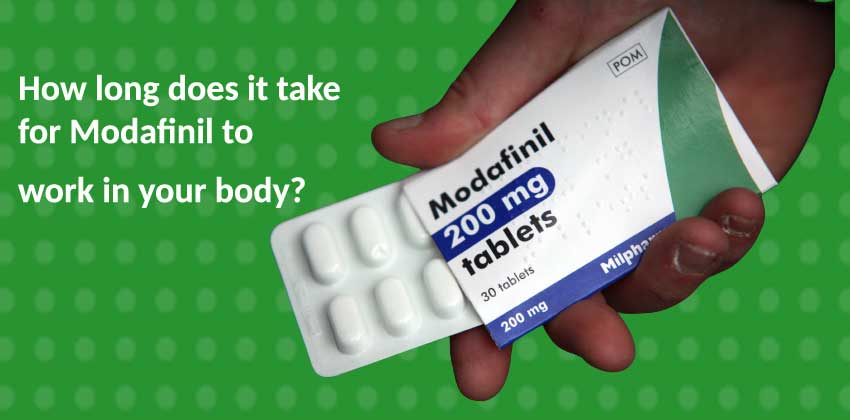-
Choose Store:


- Track Your Order
- My Account
- My Wishlist
- Log In
What is Priapism and How Is It Treated?

A prolonged and frequently painful erection of the male sexual organ is called priapism. Blood in the male sexual organ is unable to pass through the penile arteries and becomes stuck. Without sexual stimulation, this condition might continue for four hours or even longer.
Treatment is important to prevent irreparable damage and this can include cold therapy, surgery, or medicines.
What do you understand by Priapism?
Priapism is an uncommon condition that causes an uncontrollable erection to endure for a long time. It can cause pain. Though there are several other factors that can contribute to it like medical conditions, recreational drugs, pharmaceuticals, or sexual excitement.
To avoid tissue damage and erectile dysfunction, treatment should be started quickly. The male sexual organ becomes clogged with blood when an erection last for a long.
The delivery of oxygen to the body’s several organs is one of the functions of blood. The erectile tissues lose the oxygen they need to remain healthy and perform naturally when blood is stuck in the male sexual organ.
A sustained lack of oxygenated blood can harm or destroy the penile tissue.
In case, you experience an erection that lasts for four or more hours then look for an emergency treatment. If your long-lasting erection goes away then also meet the doctor once.
Remember treatment can prevent this from happening again and stop damage to your male sexual organ. It can also result in problems such as erectile dysfunction.
What type of priapism exists?
When it comes to priapism, there are different types:
Low-flow priapism (ischemic)
Blood that is not able to leave the erection chambers cause low-flow priapism. It affects healthy individuals without a recognized cause. Low-flow priapism can also affect people with sickle cell disease, malaria, or leukemia. It is the most typical form of priapism.
Recurrent priapism
A long-lasting erection might disappear and return but can be painful every time. This condition is called recurrent priapism.
You should be aware that low-flow priapism includes recurrent priapism.
High-flow priapism
Compared to low-flow priapism, this form of priapism is less frequent but not unpleasant. A male sexual organ injury or damage to the area between your scrotum and male reproductive organ can be blamed. A prolonged erection is brought on by the injury’s unregulated blood flow in the penile tissues.
How common is priapism in men?
Even though priapism is uncommon in general, there are a few things that can make it happen. Priapism affects between 30% to 45% of men with sickle cell illness.
What signs and symptoms indicate priapism?
The symptoms can vary depending on whether you have high-flow or low-flow priapism. Men with priapism can experience the following signs and symptoms.
- Firm penile shaft with a soft tip
- Erections that last for more than 4 hours
- Pain in the male sexual organ
How priapism can be treated?
Though the symptoms of different types of priapism might be the same, a doctor will first do diagnostic processes. This will also enable the doctor to determine whether you have high-flow or low-flow priapism.
The best priapism treatment will be selected by the doctor based on the precise type and cause of your ailment.
A priapism treatment helps in eliminating your erection while maintaining the capacity of your future erection. If you think you have priapism then do not try to treat it yourself. Immediately get medical help.
Your doctor can prescribe you decongestants such as phenylephrine. By reducing blood supply to the male sexual organ, these medicines help in weakening your erection. Right from the start of priapism, between four to six hours, decongestants work at their best.
Some of the other effective treatment options include:
Draining excess blood from the male sexual organ (aspiration)
During this treatment, the doctor will first numb the male sexual organ. The oxygen-poor blood will then be removed with a small needle and syringe to lower pressure and swelling. The doctor might carry out this procedure many times before the erection disappears.
Injecting medicines into the corpus cavernosum
To conduct this treatment, a doctor will use a small needle to administer medicine to the male sexual organ. Alpha-agonists cause your arteries to narrow. As a result, blood flow to the male sexual organ is reduced and swelling is decreased.
Operative shunt
A doctor might create a channel inside the male reproductive organ to transmit blood flow and ensure normal circulation. Low-flow priapism is often treated via the surgical shunt.
Therefore, to avoid the male sexual organ suffering from irreversible harm, priapism should be treated immediately. If your problem is constant then seek help from the doctor for extended erections.






